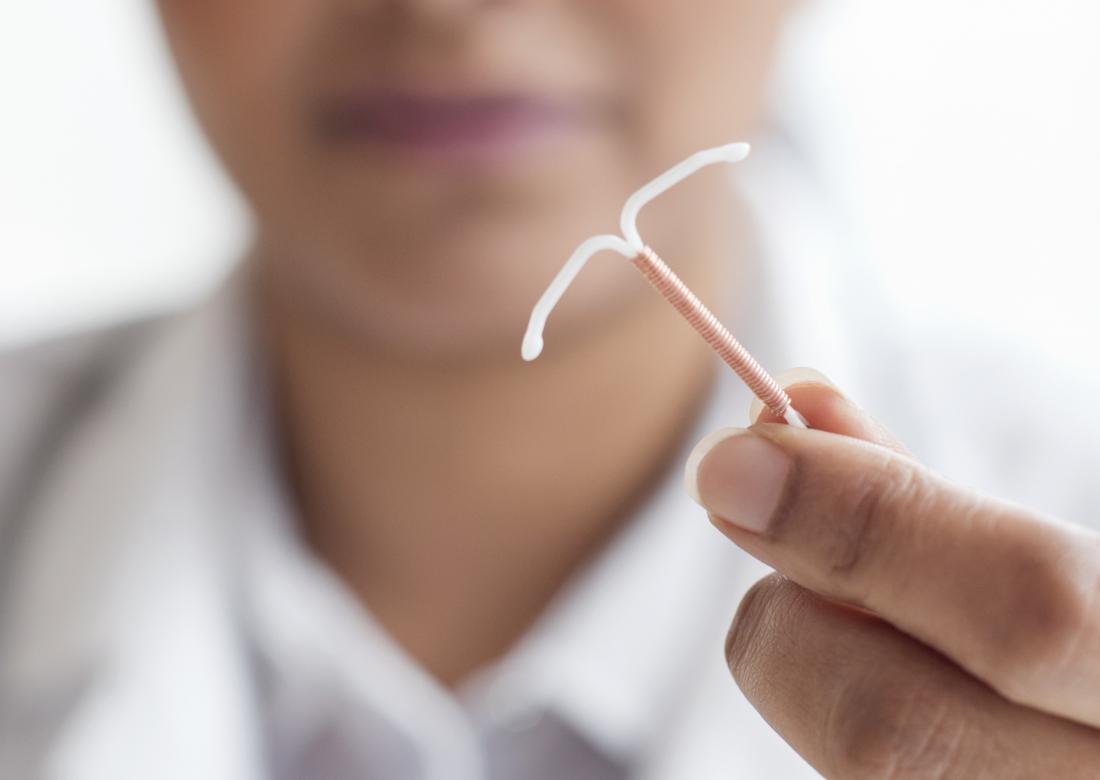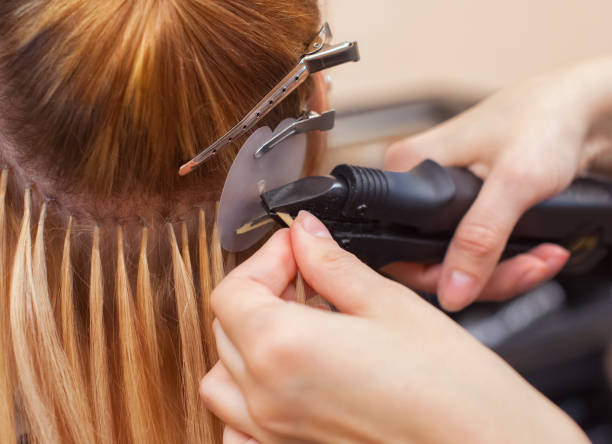Women shouldn’t try to remove Paragard on their own, and a health care provider should remove it. Removal is a quick and easy procedure that doesn’t usually require surgery or anesthesia.
IUD removal is much like having a pelvic exam or paragard removal side effects. The patient will lie on her back with her feet on foot rests. The provider will use a speculum to hold the vagina open. He or she will cleanse the area, locate the IUD strings and gently pull. The Paragard’s arms will fold up upon removal and it will slide out of the uterus.
FACT
If you don’t want to get pregnant after IUD removal, ask your provider about another IUD or birth control method.
Source: Planned Parenthood
For some women, Paragard removal may be painful. It’s common to have light bleeding and cramping after removal. These symptoms may last a few minutes to several days after the procedure.
Patients can go home after waiting a few minutes at the provider’s office. Make sure to ask questions about what to expect before going home.
Paragard Removal Complications
In rare instances, Paragard may break during removal. When this happens, pieces may be difficult to remove. The device may also embed in surrounding tissues or organs.
According to Paragard prescribing information, “analgesia, paracervical anesthesia, cervical dilation, alligator forceps or other grasping instrument, or hysteroscopy may assist in removing an embedded Paragard.”
Dozens of women have filed Paragard lawsuits against the IUD’s maker after Paragard breakage caused complications such as infertility, organ damage or needing to have surgery to remove the device.



